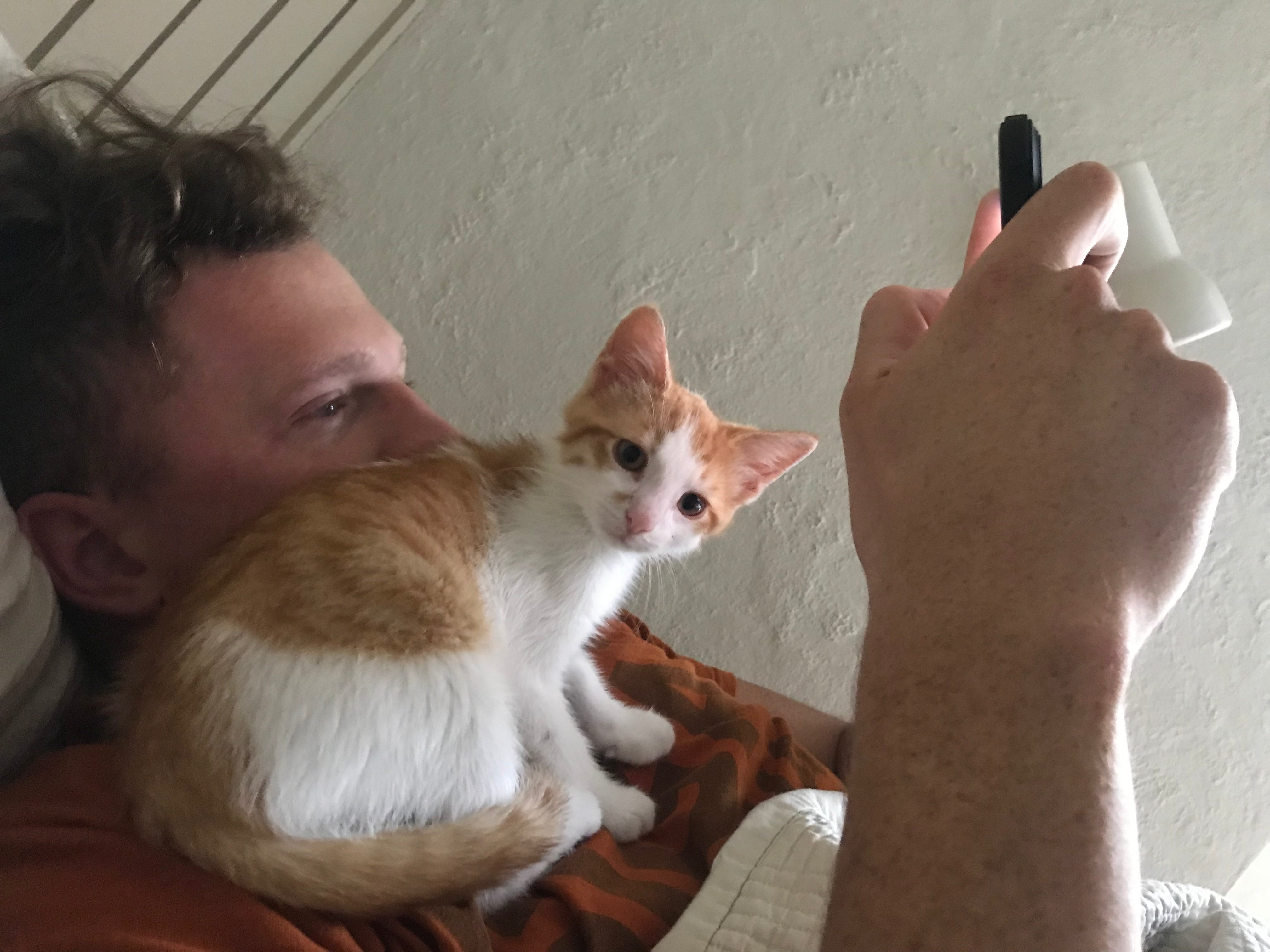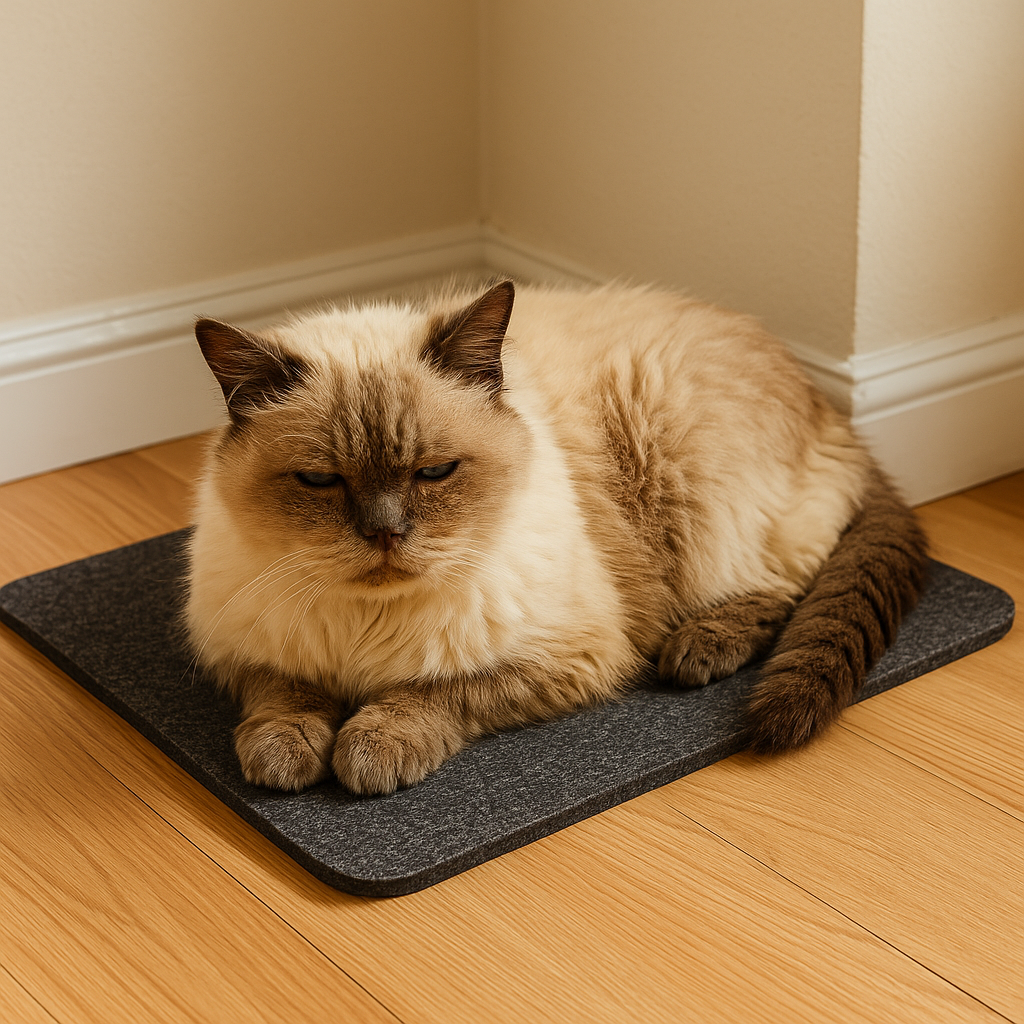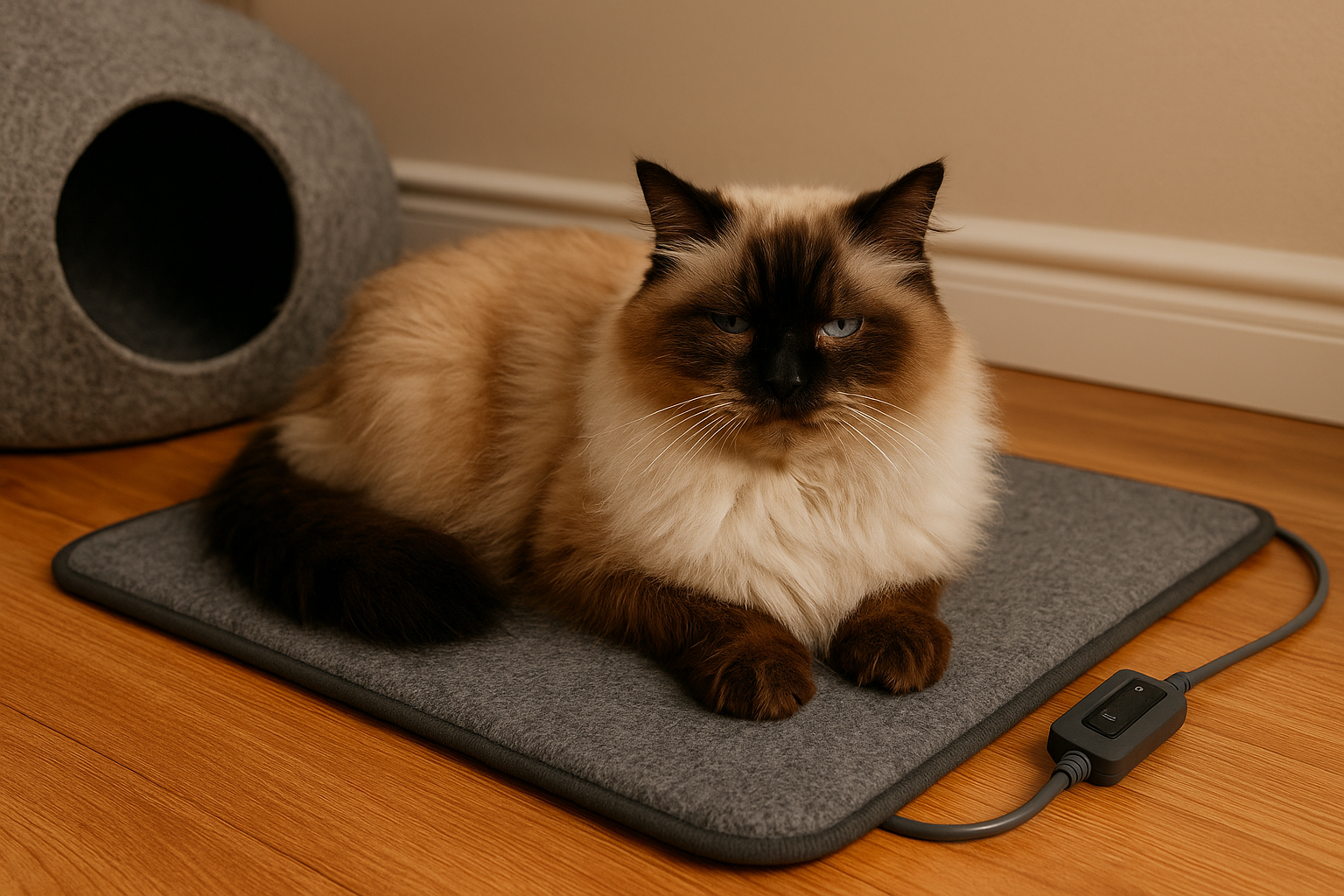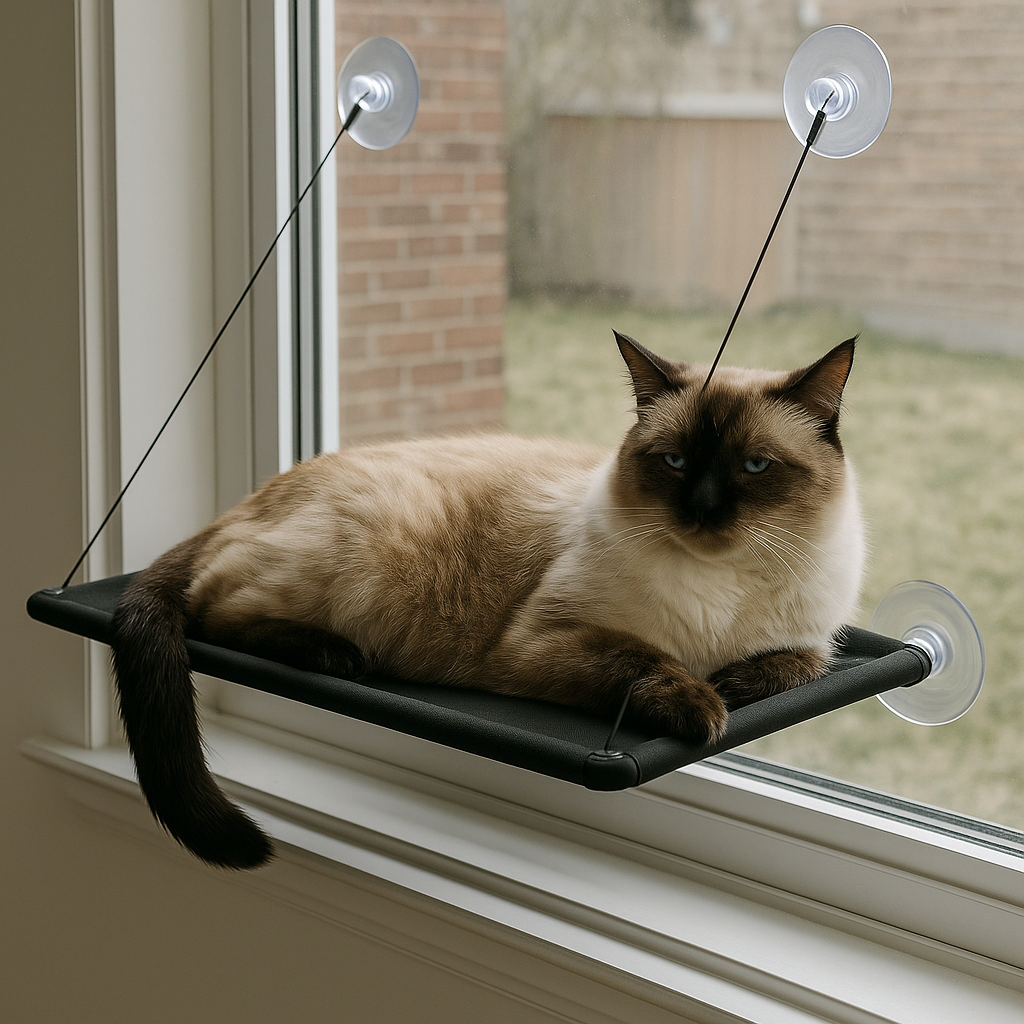Cat Arthritis in 2025: Vet-Approved Signs & Care Tips 🐾🩺
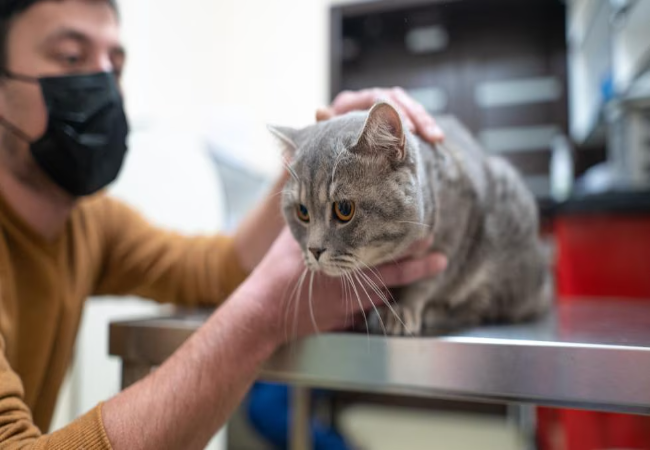
In this article
Cat Arthritis in 2025: Vet-Approved Signs & Care Tips 🐾🩺
By Dr. Duncan Houston BVSc
Cats are masters at hiding pain, which can make arthritis hard to detect in its early stages. However, paying close attention to your cat’s behavior and mobility can help you spot the signs early and improve their quality of life.
🔎 Signs of Arthritis in Cats
1. Reduced Mobility
Cats with arthritis may struggle to jump onto surfaces they used to reach easily, such as beds, counters, or window sills. You might notice:
-
Hesitation to climb stairs
-
Reluctance to use cat doors or jump into carriers
-
Avoiding high perches they once loved
2. Stiffness and Altered Gait
Observe how your cat walks. Arthritis can cause:
-
Slower movement
-
Stiff or awkward gait
-
Limping or favoring one leg over another
3. Changes in Grooming Habits
Arthritic cats may have difficulty grooming themselves properly, resulting in:
-
Matted fur
-
Dirty or oily coats
-
Excessive grooming around painful joints to soothe discomfort
4. Decreased Activity or Playfulness
You may notice a reduction in:
-
Play with toys
-
Chasing games or climbing
-
Exploring around the house
5. Behavioral Changes
Pain can lead to changes in personality, such as:
-
Irritability or aggression
-
Withdrawal or hiding
-
Avoidance of being touched, picked up, or cuddled
6. Litter Box Issues
Arthritis can make it painful for cats to climb in and out of litter boxes, or assume a comfortable position for elimination, leading to:
-
Accidents outside the litter box
-
Hesitation to use the box
7. Changes in Sleeping Habits
Cats may sleep more or choose different resting spots that are easier to access, avoiding high or difficult-to-reach areas.
🩺 What to Do if You Suspect Arthritis
If you notice any of these signs, it’s important to consult a veterinarian. They may:
-
Perform a physical examination to assess joint mobility and detect pain
-
Recommend x-rays or other imaging to confirm arthritis and rule out other conditions
-
Evaluate your cat’s overall health and weight, as obesity can worsen arthritis
🐱 Managing Arthritis in Cats
While arthritis cannot be cured, proper management can reduce pain and improve quality of life:
1. Medications
Your veterinarian may prescribe:
-
Pain relief and anti-inflammatory medications (e.g., NSAIDs approved for cats)
-
Joint supplements, like glucosamine or omega-3 fatty acids, to support joint health
2. Environmental Adjustments
-
Provide low-entry litter boxes and easily accessible food and water
-
Add ramps or steps to favorite perches and beds
-
Offer soft, warm bedding in convenient locations
3. Maintain a Healthy Weight
Excess weight puts additional stress on joints. A balanced diet and controlled portions can help reduce strain on arthritic joints.
4. Gentle Exercise
Encourage low-impact play, such as interactive toys or short play sessions, to maintain muscle tone and joint flexibility.
5. Physical Therapy
Some veterinarians may recommend:
-
Hydrotherapy or gentle massage
-
Stretching exercises to improve mobility
✅ Conclusion
Arthritis in cats can significantly affect their comfort and quality of life, but early detection and proper management can make a big difference. By observing changes in mobility, behavior, and grooming, and working closely with your veterinarian, you can help your cat stay happy, active, and pain-free for as long as possible.




